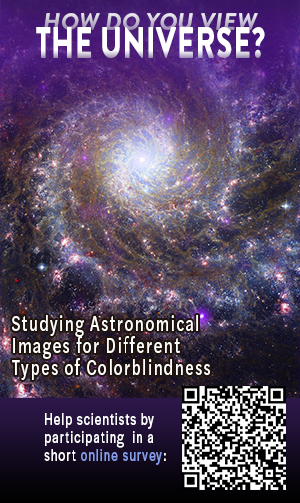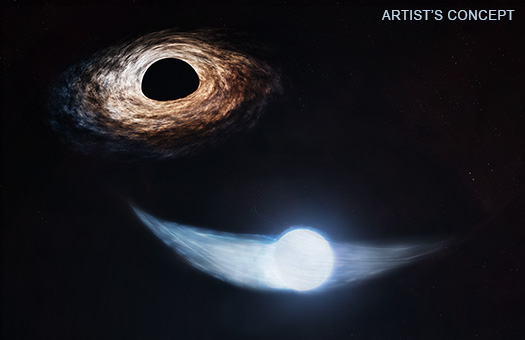Chandra Documentary Wins Award in Film Festival
Submitted by chandra on Thu, 2024-10-10 08:57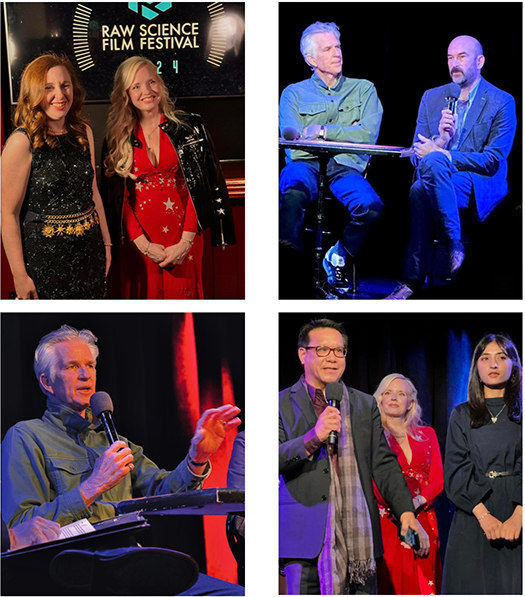
Images from the Raw Science Film Festival Awards Ceremony, featuring
Matthew Modine, Dr. Kim Arcand, Elizabeth Landau, and more.
On Saturday, October 5, the Raw Science Film Festival opened in New York City and the CfA’s Dr. Kimberly Arcand was on hand, along with Elizabeth Landau of NASA HQ, to celebrate the “Listen to the Universe” documentary that won the Industry award for “Best New Media”.
“Listen to the Universe” is a 20-minute documentary produced by the Chandra X-ray Center at the CfA and NASA+ that takes viewers behind the scenes of the team that creates data sonifications.
The Raw Science Film Festival included an awards ceremony featuring a special Q&A with actor/executive producer Matthew Modine, along with screenings and director discussions of "Listen to the Universe" and other selected films. The festival's overall mission is to humanize science and keep fact-based storytelling at the forefront of popular culture.
-Megan Watzke CXC
Black Hole Destroys Star, Goes After Another, NASA Missions Find
Submitted by chandra on Tue, 2024-10-08 15:36
AT2019qiz
Credit: X-ray: NASA/CXC/Queen's Univ. Belfast/M. Nicholl et al.; Optical/IR: PanSTARRS, NSF/Legacy Survey/SDSS; Illustration: Soheb Mandhai / The Astro Phoenix; Image Processing: NASA/CXC/SAO/N. Wolk
NASA’s Chandra X-ray Observatory and other telescopes have identified a supermassive black hole that has torn apart one star and is now using that stellar wreckage to pummel another star or smaller black hole, as described in our latest press release. This research helps connect two cosmic mysteries and provides information about the environment around some of the bigger types of black holes.
This artist’s illustration shows a disk of material (red, orange, and yellow) that was created after a supermassive black hole (depicted on the right) tore apart a star through intense tidal forces. Over the course of a few years, this disk expanded outward until it intersected with another object — either a star or a small black hole — that is also in orbit around the giant black hole. Each time this object crashes into the disk, it sends out a burst of X-rays detected by Chandra. The inset shows Chandra data (purple) and an optical image of the source from Pan-STARRS (red, green, and blue).
Participate in New Survey on Color Blindness and Astronomy
Submitted by chandra on Mon, 2024-09-23 10:19
Upper-left: Cassiopeia A; Upper-right: V404 Cygni; Lower-left: Helix Nebula; Lower-right: M74
Credit: NASA/CXC, HST, JWST, SST & Swift
Chandra is committed not only to learning about the Universe, but also to learning about learning about the Universe. Our team have become experts — and partners with others outside of Chandra — on examining how people view and explore space through astronomical data.
Our latest research project involves investigating how people with color blindness experience astronomical images. Please consider taking our survey on this topic. You do not need to have color blindness to participate, but, of course, we are excited to hear from people who do!
The survey is open now. We would greatly appreciate it if you could take the time to fill it out — it’s short! Also, please feel free to share this survey with your family, friends, and colleagues: https://www.surveymonkey.com/r/coloruniverse
Thank you for your help!
NASA's Chandra Finds Galaxy Cluster That Crosses the Streams
Submitted by chandra on Thu, 2024-09-19 13:26
Zwicky 8338
Credit: X-ray: NASA/CXC/Xiamen Univ./C. Ge; Optical: DESI collaboration; Image Processing: NASA/CXC/SAO/N. Wolk
Astronomers using NASA’s Chandra X-ray Observatory have found a galaxy cluster has two streams of superheated gas crossing one another. This result shows that crossing the streams may lead to the creation of new structure.
Researchers have discovered an enormous, comet-like tail of hot gas — spanning over 1.6 million light-years long — trailing behind a galaxy within the galaxy cluster called Zwicky 8338 (Z8338 for short). This tail, spawned as the galaxy had some of its gas stripped off by the hot gas it is hurtling through, has split into two streams.
This is the second pair of tails trailing behind a galaxy in this system. Previously, astronomers discovered a shorter pair of tails from a different galaxy near this latest one. This newer and longer set of tails was only seen because of a deeper observation with Chandra that revealed the fainter X-rays.
Chandra Teams Up Again With Astrophotographers
Submitted by chandra on Mon, 2024-09-09 09:05Messier 106 (M106), also known as NGC 4258, is a spiral galaxy – like our own Milky Way -- located in the constellation Canes Venatici. It lies at a distance of roughly 23 million light-years and spans some 135,000 light-years in diameter.
This galaxy is famous, however, for something that our Galaxy doesn’t have – two extra spiral arms that glow in X-ray, optical, and radio light. These features, called anomalous arms, are not aligned with the plane of the galaxy, but instead intersect with it. The X-ray image from Chandra reveals huge bubbles of hot gas above and below the plane of the galaxy. These bubbles indicate that much of the gas that was originally in the disk of the galaxy has been heated to millions of degrees and ejected into the outer regions by the jets from a supermassive black hole at the galaxy’s core.
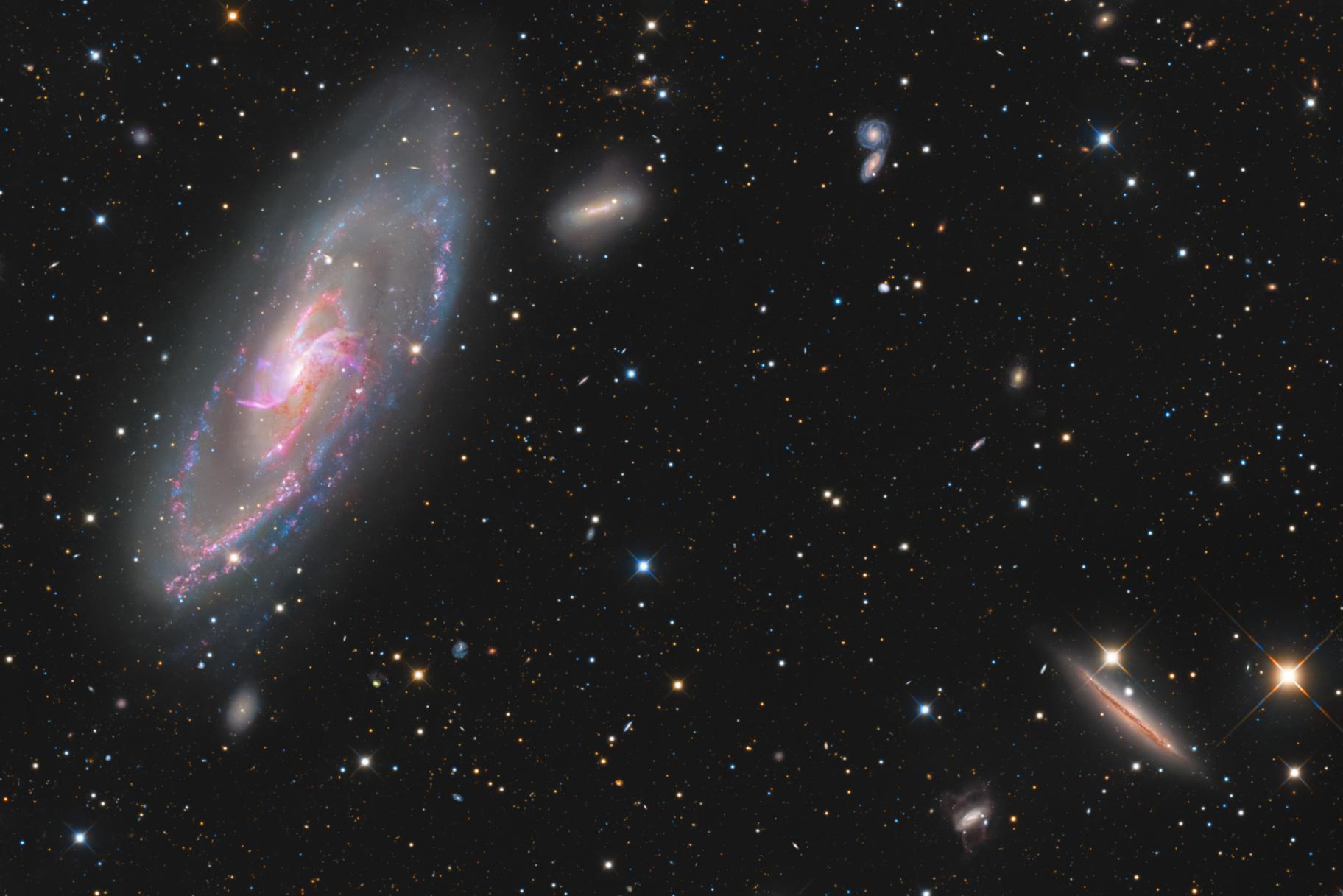
Credit: Optical: Deep Sky Collective; Chandra X-ray (purple): NASA/CXC/SAO; VLA Radio (yellow): NSF/NRAO/VLA; Spitzer IR (Red): NASA/JPL-Caltech
It's not only space-based X-ray telescopes like Chandra, however, that have looked at M106. Excellent work has been done from the ground including by amateur astrophotographers including a group called the Deep Sky Collective (DSC). The DSC, founded by Tim Schaeffer in 2023, aims to use the group’s telescopes in a concerted way to explore some of the faintest and most difficult target in the sky in great detail.
Chandra Shows Off its "Scrollytelling"
Submitted by chandra on Thu, 2024-09-05 08:28The Chandra team has been working behind the scenes with the Smithsonian Institution's Digitization 3D Program, to create a new scrolling interactive for Cassiopeia A.
The term "scrollytelling" is real, even if you might not find it in every dictionary. (Though if you look in online ones – especially any that include online terminology – you will.) You may have experienced scrollytelling yourself if you’ve read or explored longer pieces of content on certain platforms or news outlets.
The idea is simple: as you scroll down the page, new information in the form of text, images, and videos will appear. It’s an effective way to convey layers of information, and we’re excited to share this new resource that will let you explore Cassiopeia A in a new way! Cas A, as it’s known, is arguably Chandra's most famous data of a supernova remnant, the leftover material from a star that exploded 340 years ago. Chandra has observed Cas A many times over its 25-year mission, and we have discovered lots about this exploded star -- including how it looks in three dimensions.
Seeing Chandra… From the Ground
Submitted by chandra on Wed, 2024-08-28 17:32It’s been over a quarter of a century since the Space Shuttle Columbia deployed NASA’s Chandra X-ray Observatory into space during mission STS-93. Chandra’s highly elliptical orbit takes it over one-third of the distance to the Moon at its farthest point.
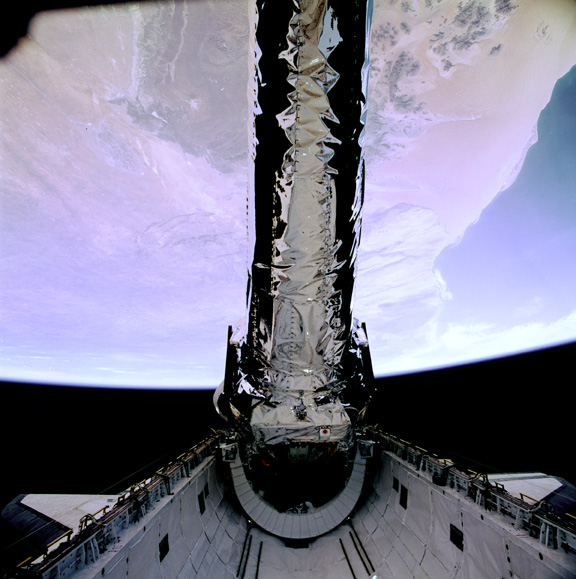
Although Chandra's closest approach to Earth fluctuates extensively with long-term variations in the orbit, it is still typically well more than 600 miles (1000 kilometers) above the surface. Compare that to the International Space Station which orbits our planet at an altitude of about 250 miles, and the Hubble Space Telescope which sits about 320 miles above Earth. It’s clear that Chandra is rather far away from us.
New NASA Sonifications Listen to the Universe's Past
Submitted by chandra on Mon, 2024-08-26 09:34Cassiopeia A Sonification
Credit: X-ray: NASA/CXC/SAO; Optical: NASA/ESA/STScI; IR: NASA/ESA/CSA/STScI/Milisavljevic et al., NASA/JPL/CalTech; Image Processing: NASA/CXC/SAO/J. Schmidt and K. Arcand; Sonification: NASA/CXC/SAO/K.Arcand, SYSTEM Sounds (M. Russo, A. Santaguida)
A quarter of a century ago, NASA released the “first light” images from the agency’s Chandra X-ray Observatory. This introduction to the world of Chandra’s high-resolution X-ray imaging capabilities included an unprecedented view of Cassiopeia A, the remains of an exploded star located about 11,000 light-years from Earth. Over the years, Chandra’s views of Cassiopeia A have become some of the telescope’s best-known images.
To mark the anniversary of this milestone, new sonifications of three images — including Cassiopeia A (Cas A) — are being released. Sonification is a process that translates astronomical data into sound, similar to how digital data are more routinely turned into images. This translation process preserves the science of the data from its original digital state but provides an alternative pathway to experiencing the data.
NASA Telescopes Work Out Black Hole's Snack Schedule
Submitted by chandra on Tue, 2024-08-13 12:39CfA Celebrates Chandra’s 25th Anniversary
Submitted by chandra on Tue, 2024-07-23 15:12Twenty-five years ago, the Space Shuttle Columbia launched into space carrying the Chandra X-ray Observatory. Press releases from the Chandra X-ray Center, CfA, and Smithsonian shared 25 new images with Chandra data to publicize this momentous milestone. A dedicated webpage to Chandra’s 25th birthday, plus the new images and press release, can be found at https://chandra.si.edu/25th/
Pages
Please note this is a moderated blog. No pornography, spam, profanity or discriminatory remarks are allowed. No personal attacks are allowed. Users should stay on topic to keep it relevant for the readers.
Read the privacy statement




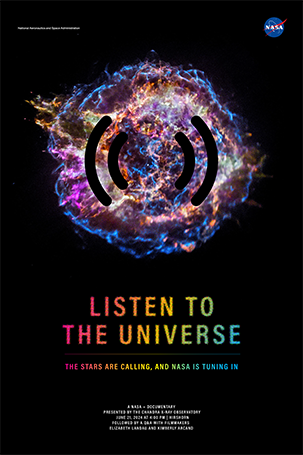
 Watch "Listen to the Universe" on NASA+
Watch "Listen to the Universe" on NASA+